COVID-19 and the misfortunes of artisans in Bangladesh
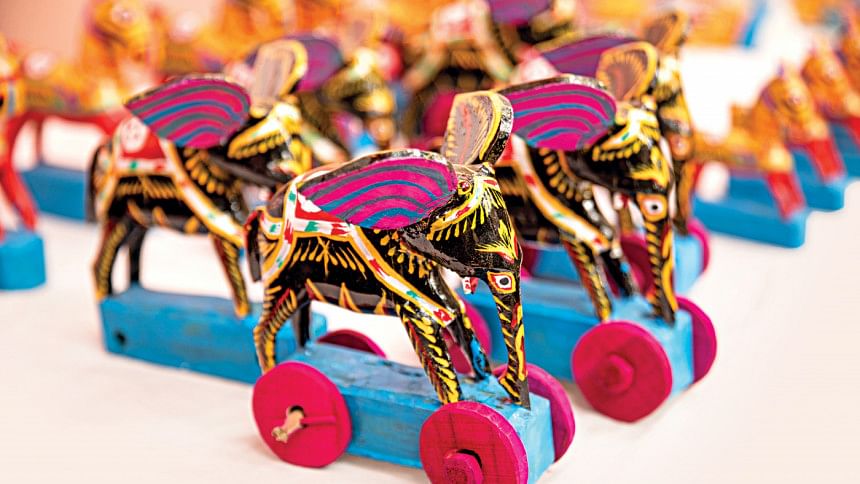
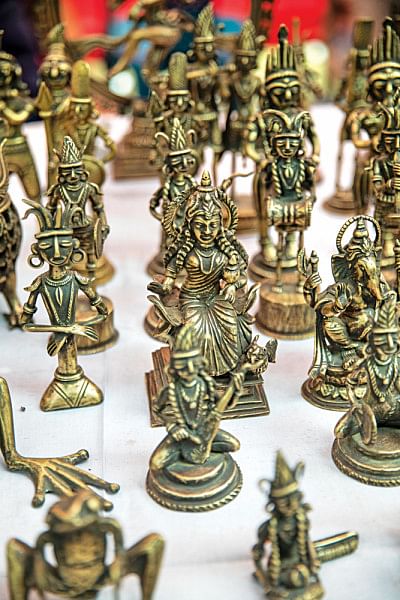
#Crafts
Late 2019 saw the world face one of its toughest calamities in modern history — a deadly virus that rapidly spread across continents causing a pandemic, which had huge socio-economic consequences. COVID-19 halted economic progress, regressed development and ceased tourism, arts, crafts and entertainment to almost nil. While it took a toll on the whole world, poor artisans of a developing country like Bangladesh suffered the most.
During any major health crises, including a pandemic such as COVID-19, the entire world becomes busy managing and putting greater emphasis on the health sector, and activities pertaining to arts and culture fall short. They are either shut down or put on hold until the situation improves. Till date, the pandemic still ravages on, through which, the poor artisans and their livelihoods have been nearly phased out of existence.
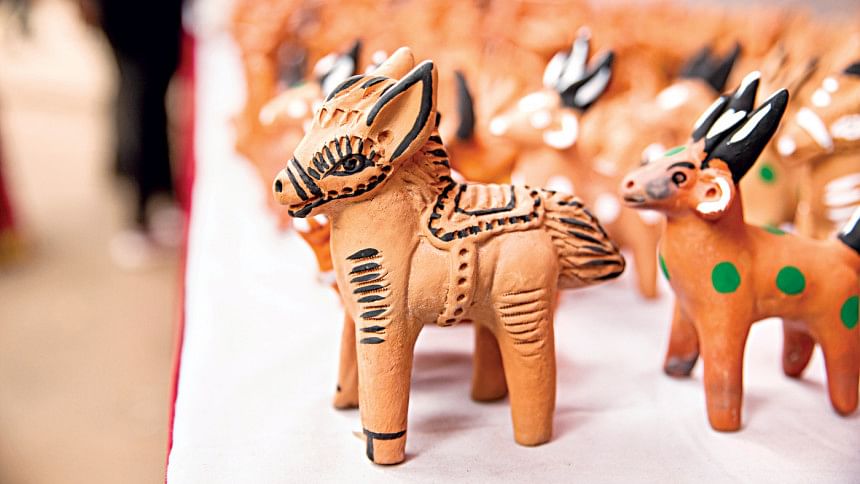
The slow death of crafts
"The pandemic has ruined everything for us. The little business that we had before the virus hit was also disrupted and today, we really don't know how to carry forward with our trade," said Gitesh Chandra Das, a master-craftsman from Mokambazar, Moulvibazar, Sylhet, best known for making the sheetal pati – a distinct floor-covering made out of green cane, the murta gach.
"A single piece of sheetal pati takes at least 15-20 days to make and I am talking about the simple designs. An exclusive piece usually takes more than two months to make. We do not even get Tk 2000 for our hard work. People nowadays seem to be disinterested in buying traditional items in general. In addition to that, the showrooms were closed and all kinds of gatherings such as the seasonal fairs (melas) were put on hold, so where would we get any customers?" he asked.
Also, part of the discussion was Shushanta Kumar Pal, a shokher hari (decorative clay pots) artisan from Bashantapur, Bagdhani, Rajshahi.
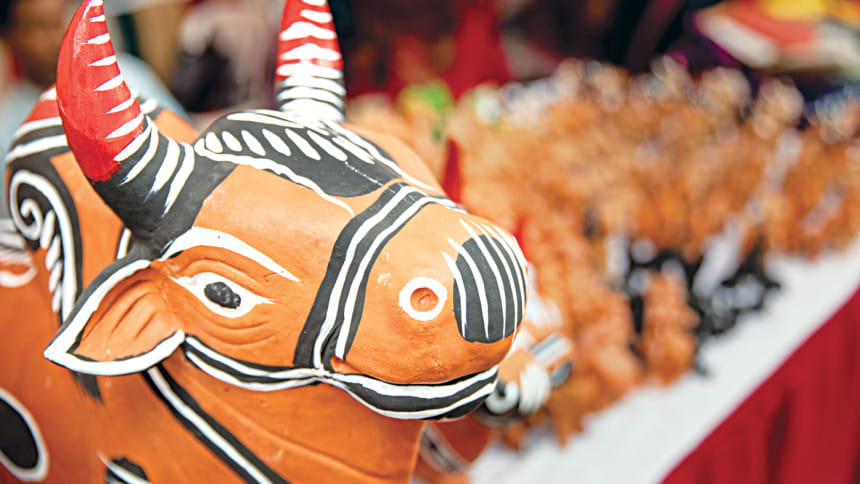

"The pandemic made it clear that the future for traditional crafts is quite bleak. People used shokher hari as a daily requirement in the past; they used these on special occasions and also their everyday lives. Today, they do not even want to use it as a rare, decorative material. Our citizens are more attracted to foreign goods, plastic and machine-made items. They do not have the time to appreciate the prestige and exquisiteness of hand-crafted goods and the legacy it holds," he says.
Pal added, "Once upon a time, in the Rajshahi division alone, there were around 4500 shokher hari craftsmen. Today, there is only me, and with my passing, there will be no one taking the heritage-trade forward. Things that the Arts Department students make in Dhaka are completely different from how we make it here. Their ones are more design based, ours are more nature inspired. Our chach (pottery wheel) is also different. Our special haris (pots) cannot be made in their pottery-wheels. So, if this craft must go on, then this is about the right time to train the younger generation on our traditional techniques. And I cannot do this alone, or by myself; I need help from private or governmental organisations to come forward and help me in saving our craftsmanship – our pal legacy."
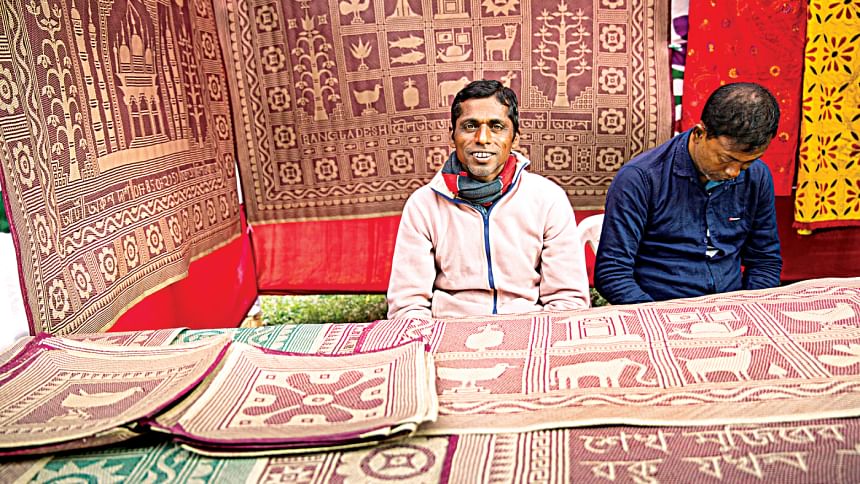
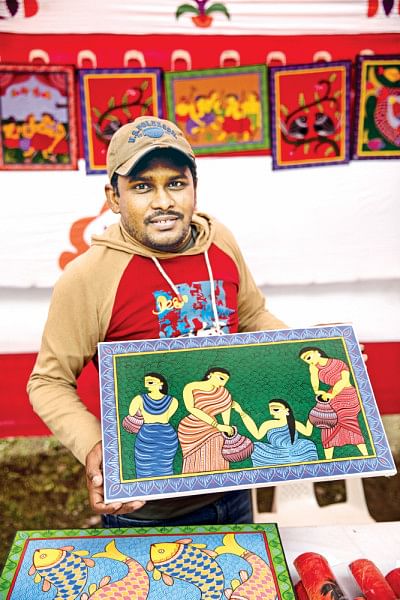
Problem with lack of documentation
The handloom and handicrafts sector is one of the largest in the country in terms of providing employment, but the hurdle lies in the fact that the sector falls in the category of unorganised or informal sector, for which there are no significant data.
"We are unaware of the actual count of artisans all over Bangladesh," said Sk Saifur Rahman, General Secretary, NCCB, National Crafts Council of Bangladesh. "We do not know what trade they are involved in, but we can assume from experience that the number is quite large. A process is underway to count all of the artisans through a census, and I hope the government initiative would start rolling soon," he added.
"Every single crafts council in Bangladesh dealing with artisans has their own list, but there's no one single directory to look into. And that's why during the pandemic, it became even harder for the artisans, because most of them could not be reached to provide support, neither did they know who to approach for sustenance. This situation was definitely difficult.
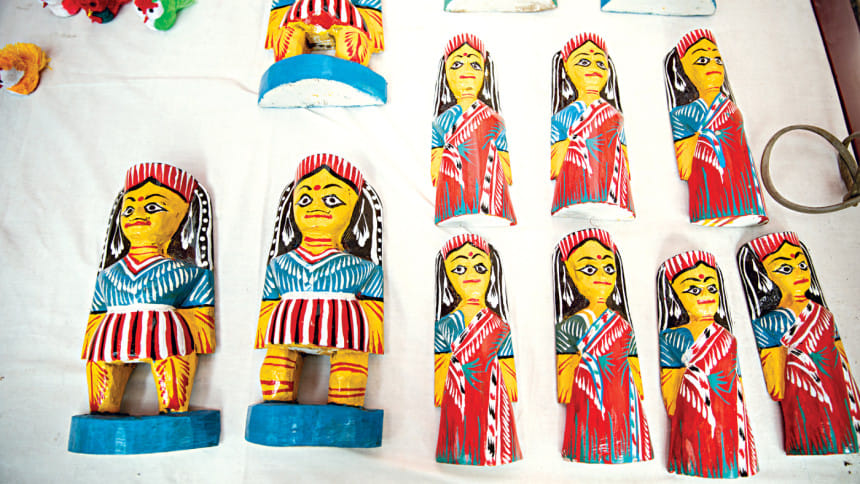
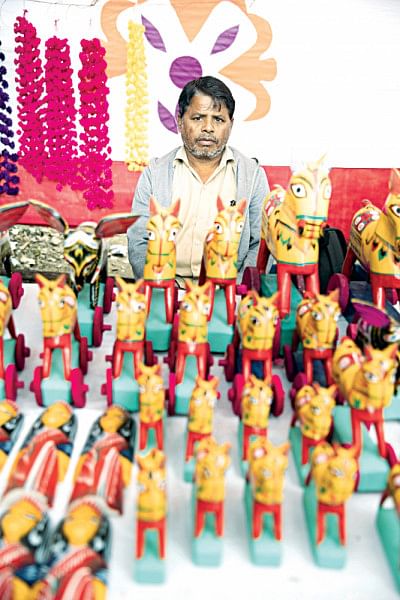
"However, things are not so bleak as they appear. From NCCB, we tried to fund as many artisans as we could throughout the pandemic, plus for the future, we are planning to work on big projects with the government where we hope to train artisans from four different categories, namely Bash-o-Bet (bamboo and cane products), Benaroshi (Banarasi sari), Adibashi Shelai (Indigenous community weaving), and Sheetal Pati (decorative cane floor-mats). Through this scheme, we hope to train the artisans in product development and skill development. After that, we plan to hold an exhibition for them where they will be able to sell their stock and earn for themselves. The most important part of the project is that it will be 100 percent funded, meaning the attendees would be paid for the commute, food, shelter and for any other necessities throughout the entire training process," said Rahman.
A change in our attitude
With the world more amused by and invested towards fast fashion, plastics and everything new, the pandemic proved to us once again that sustainability should be at the core of every little production idea. It is about time we take things slow and concentrate more on possessions that were natural, and local.
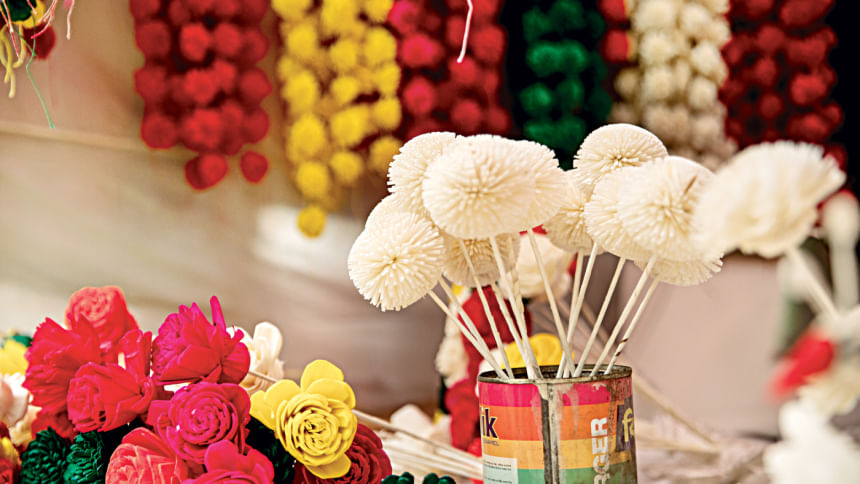
Shahid Hussain Shamim, Director, Prabartana, could not agree more.
"We have learned that sustainable living is the only way to living in the future, if we are to save our planet and live-in harmony with nature. A large section of the population has already realised this fact and is looking to procure only sustainable products in a global economy. This is where we come in. And I have facts to prove it. Where many sales dipped during the pandemic, our sales in exports actually increased and we are hopeful for further increase in the future. So, the future is actually there, all we need is proper training of the artisans and products development to match the needs of the global audience."
"The Bangladesh Government has been quite progressive in the heritage crafts sector through applying for GI (Geographical Indication of Bangladeshi Product). Now, the second step that remains is to create a proper seal for GI, which can be used while exporting materials like the Jamdani. The motion has been put into effect; all we need at the moment is unity and joint activities to take the process further," explained Hussain Shamim.
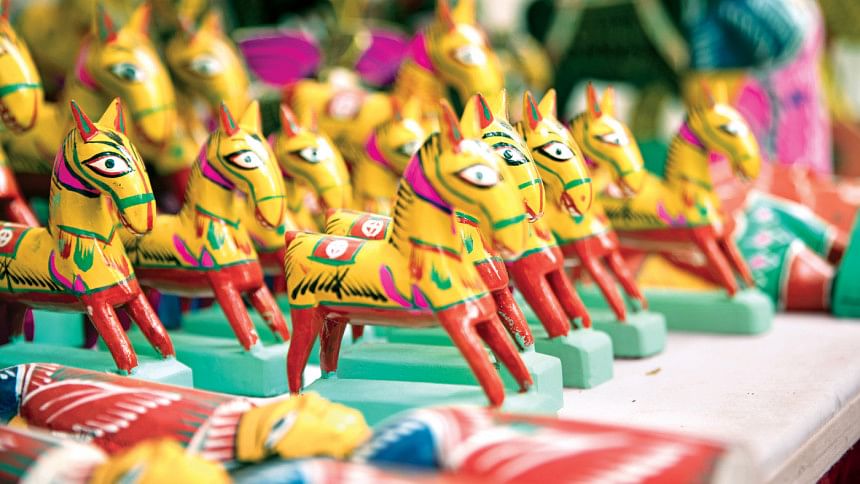
To conclude
Speaking to the experts and the master-craftsmen, we realised that while many things are being exercised to reach the goal, there are still gaps and loopholes which need to be addressed to make for a smooth and systematic development. And maybe digital platforms could be the solution to plug in the pitfalls.
Dismally however, the subject-matter lacked in all conversations. The artisans were not introduced or informed of any digital platform concepts, neither the dignitaries spoken to were informed of any future plans, including digital platforms.
The pandemic has made us realise that the economy requires change and huge investments in the digital economy, especially because a huge number of people logged on to various digital platforms during the crises. From shopping, to holding virtual meetings to conducting online classes — anything and everything shifted to the digital platform. With easy access to smartphones and online connectivity all over the country, maybe it's time that we concentrated on this sector and thought of innovative ways to bring in the artisans under one network: to train them, to motivate them, to fund them and to showcase their products to ourselves and the world.
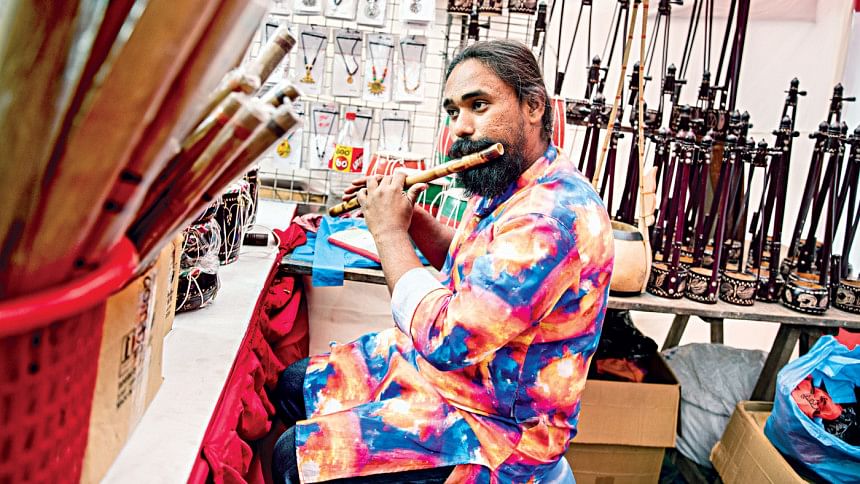
Photo: Sazzad Ibne Sayed

 For all latest news, follow The Daily Star's Google News channel.
For all latest news, follow The Daily Star's Google News channel. 



Comments